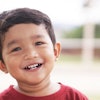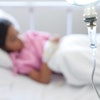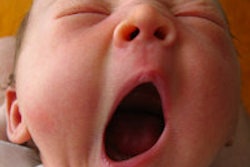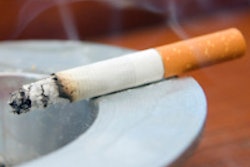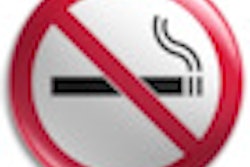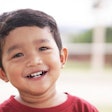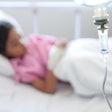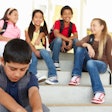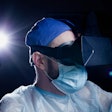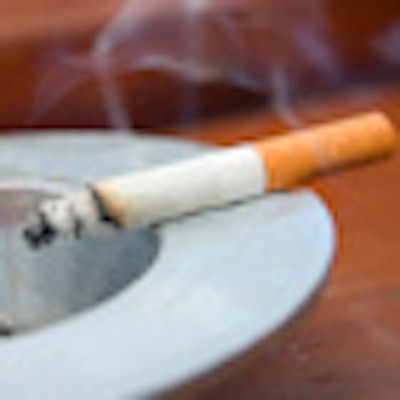
There are a host of reasons to avoid exposing children to secondhand smoke, also known as environmental tobacco smoke (ETS), but scientists are still learning about its myriad effects on them.
In a new study from the Ohio State University College of Dentistry that examined the impact of environmental tobacco smoke on children undergoing general anesthesia (GA), researchers found that children exposed to ETS had significantly longer recovery times despite not having significantly more dental caries or longer procedure times. The average additional time was 11 minutes, they noted (Anesthesia Progress, December 2012, Vol. 59:4, pp. 143-146).
Previous studies have demonstrated that adverse respiratory events are more likely to occur in children exposed to ETS at home while recovering from general anesthesia for many different procedures, according to the study authors. In addition, other researchers have observed higher incidences of carious lesions in children who are exposed to ETS. However, the results of this study did not reflect either pattern.
"Specifically in this study, our team was evaluating ETS in general anesthesia for dentistry which, at Nationwide Children's Hospital, are traditionally shorter cases (roughly 80 minutes)," Sarat Thikkurissy, DDS, MS, an associate professor from the division of pediatric dentistry and community oral health, told DrBicuspid.com.
6 respiratory events
Doing dentistry on precooperative or uncooperative children with the aid of general anesthesia is increasingly commonplace, so data are needed pertaining to specific postoperative circumstances, the researchers reasoned.
The double-blinded, randomized case cohort study included 99 children (48 males, 51 females), ages 18 months to 12 years, who were undergoing general anesthesia for restorative dental work. The need for it was a result of one of three circumstances: poor cooperation, age, or scope of treatment.
“Smoke exposure ... did not lead to increased intra- or postanesthesia respiratory events.”
The parent or guardian of each child was interviewed to learn who the child's primary caretaker was, whether the caretaker smoked inside the home, and, if so, how many cigarettes per day. They were also asked about any other residents' smoking habits in the home and how frequently visitors smoked inside the home.
After the interview, the child underwent general anesthesia with propofol administered intravenously and the dental procedures were performed. During the induction and throughout the procedure, signs of six respiratory events were observed and recorded by the dentist anesthesiologist who was blinded to the child's ETS exposure. Each event observed was rated in severity on a scale of 0 to 3, with 0 serving as the absence of an event and 3 corresponding to a severe manifestation.
Afterward, the child was given sufficient time to meet the criteria for phase I recovery and subsequently transferred to a phase II recovery unit. Once there, a blinded postanesthesia care unit nurse independently applied the same rating system to any adverse respiratory events that occurred. The researchers then analyzed the results.
Extended recovery times
In all, 51 caregivers reported smoking "to some degree," the researchers noted. Children in ETS households were older than those who were not (p = 0.03). If the primary caregiver smoked, there was a significantly higher incidence of smoking by other family members (p < 0.0001) and smoking inside the home (p < 0.0005). The time spent in daycare was identical for the two groups.
"All of these children [in the study] were healthy, so it doesn't really account for those with chronic illness such as asthma or significant history of prematurity," Dr. Thikkurissy explained. While they did see statistically longer postanesthesia recovery times in ETS-positive children, "the clinical significance was negligible."
ETS did not have a measurable impact on the six specific respiratory events that he and his colleagues considered: coughing, laryngospasm, bronchospasm, breath-holding, hypersecretion, and airway obstruction.
"Based on our preliminary findings, passive smoke exposure in an otherwise healthy child did not lead to increased intra- or postanesthesia respiratory events associated with general anesthesia for dentistry," Dr. Thikkurissy said.
Interestingly, the ETS-negative children had a significantly longer procedure time (p = 0.028), while the ETS-positive group spent significantly more time in the phase II recovery unit (p < 0.0001) before the final discharge despite not having significantly more dental caries (p = 0.38) or longer procedure times.
The researchers considered a possible reason for this: Children with pre-existing conditions for whom ETS exposure may have resulted in more significant morbidity may have been "selected out," as the study included only healthy children.
Looking ahead, Dr. Thikkurissy would like to further explore the extended recovery time and assess why the children who were exposed to ETS stayed in longer for recovery to determine whether it was a clinical reason or a "process" artifact of patient flow.
